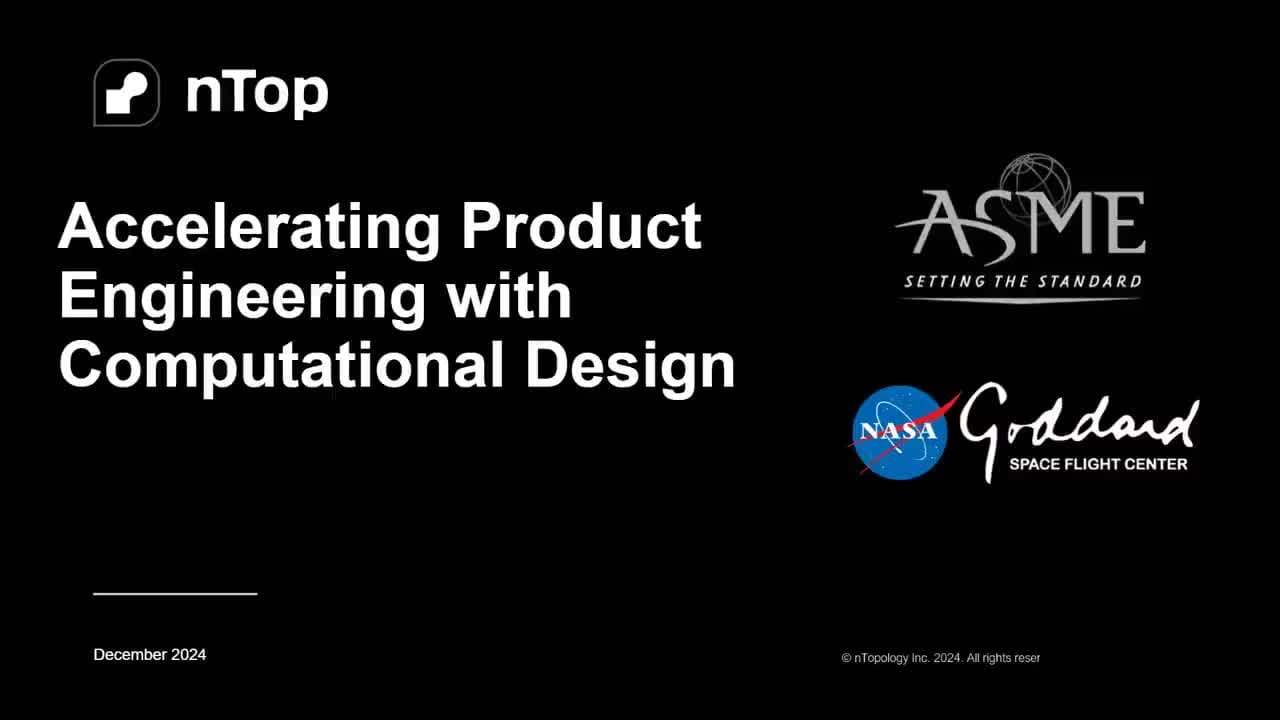Design for additive manufacturing: Turning the hype into a reality
Written by Timothy Simpson
Published on August 19, 2020
What allows for free complexity in designing for additive manufacturing (DfAM) also creates limitations. DfAM involves balancing the opportunistic aspects of an AM process against its limitations and restrictions. Read below as I discuss stages of AM adoption and how to avoid disappointment when bringing AM into your organization.
While additive manufacturing (AM) is hyped for its “free complexity”, users quickly learn that AM processes have limitations and constraints just like any other manufacturing process. AM’s layer-wise fabrication enables many of these freedoms, yet it also creates issues with staircasing, surface roughness, and overhanging structures in many processes, to name but a few. This same layer-wise fabrication also allows AM designs to be far more complex than what can be achieved through traditional means; however, AM designs often suffer from inaccuracies that arise from file conversions, tessellations, and translations between the various software tools in the AM workflow. As if that were not enough, heat treatment, post-processing, non-destructive inspection, etc. can easily double the time and cost needed to achieve an end-use AM part.
While advances in AM systems, materials, and software are helping address many of these issues, the use of design to overcome AM’s limitations and innovate with layer-wise fabrication is by far the most cost-effective solution to date. Designing for AM, or DfAM, involves balancing the opportunistic aspects of an AM process against its limitations and restrictions. The restrictive aspects of an AM process are often learned the hard way when a company tries to replicate a traditionally made part with AM. Existing parts have been designed and optimized for more conventional manufacturing processes (e.g., machining, casting, forging), and there is no reason to think that a machined part will be viable as a casting (or forging) or vice versa. The same holds true for AM, and often the first attempt to replicate an existing part with AM leads to disappointment—a more expensive part with nearly the same performance, a tough sell to anyone looking to AM to reduce cost and increase productivity.
Luckily, this first stage of AM adoption has a silver lining as it quickly draws attention to the design constraints that are inherent in the particular AM process employed. Learning the restrictive aspects of each AM process enables the next stage of adoption, which involves modifying or adapting a part for AM. During this stage, design can be used to overcome the process limitations and constraints that foil most attempts to reproduce an existing part with AM. As the part is modified for AM, creative designers will start to see opportunities to enhance the performance of the part based on the freedoms enabled by layer-wise fabrication. While this will not transform the part entirely, a pathway begins to emerge toward a more viable AM part with enhanced performance—something that no product manager will ever outright reject.
With the manager’s interest piqued, designers can begin to seek opportunities to optimize a part for AM, the third and most impactful stage of adoption. This is where the designer has complete freedom to re-engineer or “clean sheet” a new part to get the most out of AM. In doing so, the part can be conceived, designed, and optimized specifically for AM, avoiding the process limitations from the start. While designers certainly has to be mindful of the restrictive aspects of the AM process, they can focus more on the innovation enabled by layer-wise fabrication: less weight, better performance, fewer parts, more efficient heat transfer, tailored materials, embedded sensors, and so on. As these opportunities are realized, the benefits will start to cascade beyond the part to the assembly, subsystems, and ultimately the system, and all the hype for AM finally becomes a reality.

Timothy Simpson
Tim Simpson is the Paul Morrow Professor of Engineering Design & Manufacturing, Director of the world’s first Additive Manufacturing & Design Graduate Program, and Co-Director of the Center for Innovative Materials Processing through Direct Digital Deposition (CIMP-3D) at Penn State. He specializes in Design for Additive Manufacturing, and he has helped educate and train more than 600 industry practitioners to use metal additive manufacturing. He contributes a monthly column on “Additive Insights” to Modern Machine Shop, and he is an ADDVisor for The Barnes Group Advisors, a team of experts helping industrialize additive manufacturing.
Related content
- VIDEO
nTop 2025 Nvidia GTC Presentation

- VIDEO
When your design changes, how fast can you respond?

- CASE STUDY
Replacing spacecraft supermaterial with high-performance lattice

- VIDEO
Creating a computational design workflow to lightweight drone panels with nTop’s new ribbing tools

- WEBINAR
Accelerating Product Engineering with Computational Design
